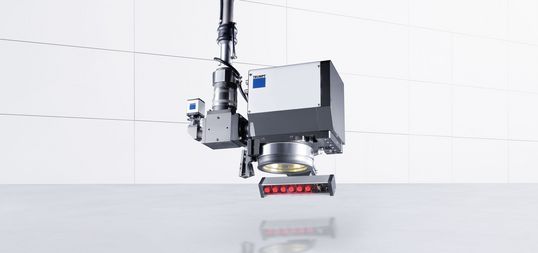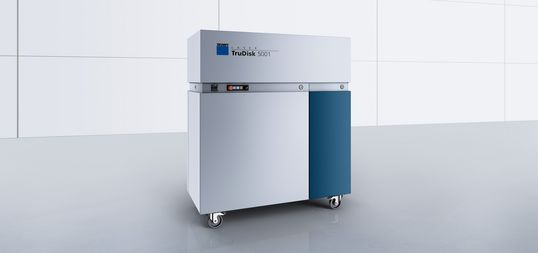In scanner welding, the beam guidance is done using mobile mirrors. The beam is guided by changing the angles of the mirrors. A processing field emerges, which enables highly dynamic and precise welding. The field size depends on the working distance and the deflection angle.
The processing speed and size of the focal diameter on the workpiece depend on the imaging properties of the optics, the beam incidence angle, the laser beam quality and material.
The focal point can also be moved very dynamically in the Z direction by adjusting an additional lens system. This makes it possible to fully process 3D components without moving the processing head or the component.
Due to the very fast translation movements, non-productive times are reduced to virtually zero and the laser device can produce in almost 100% of the available production time.






